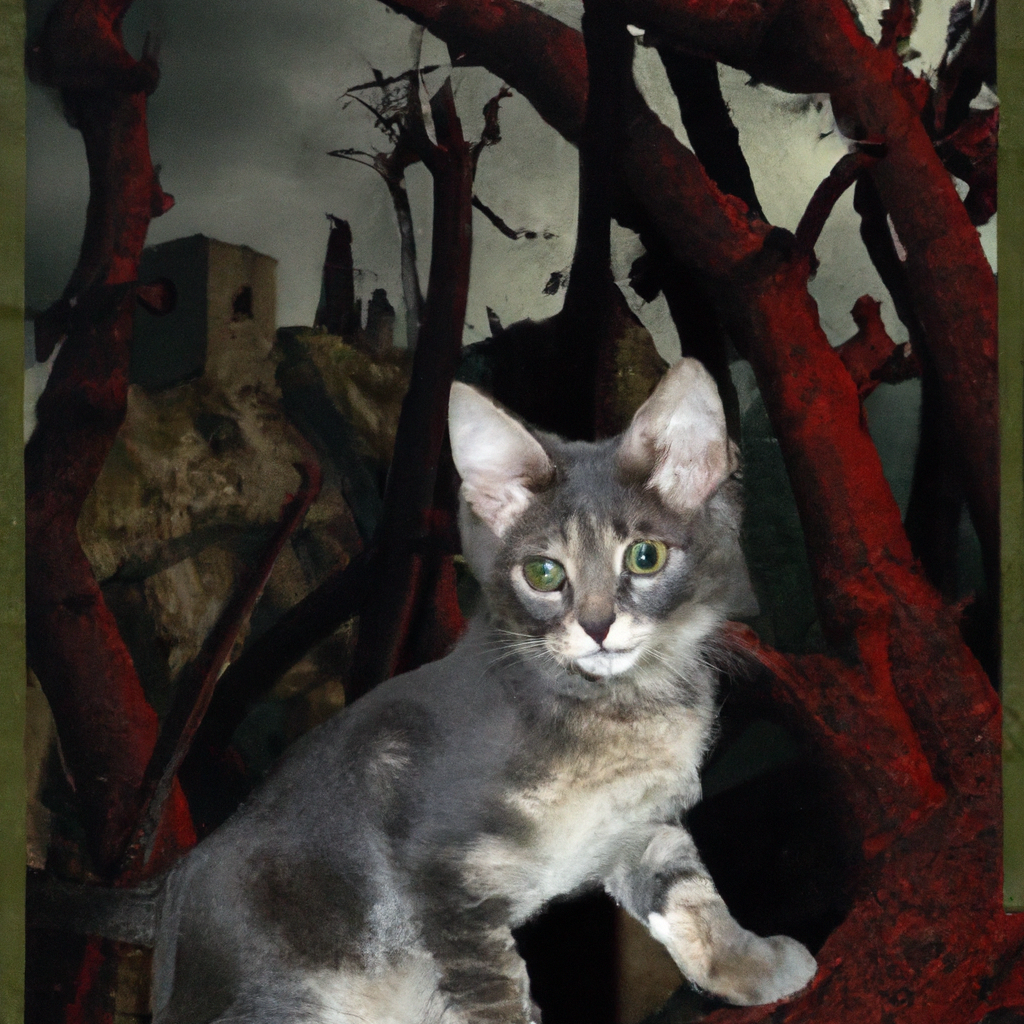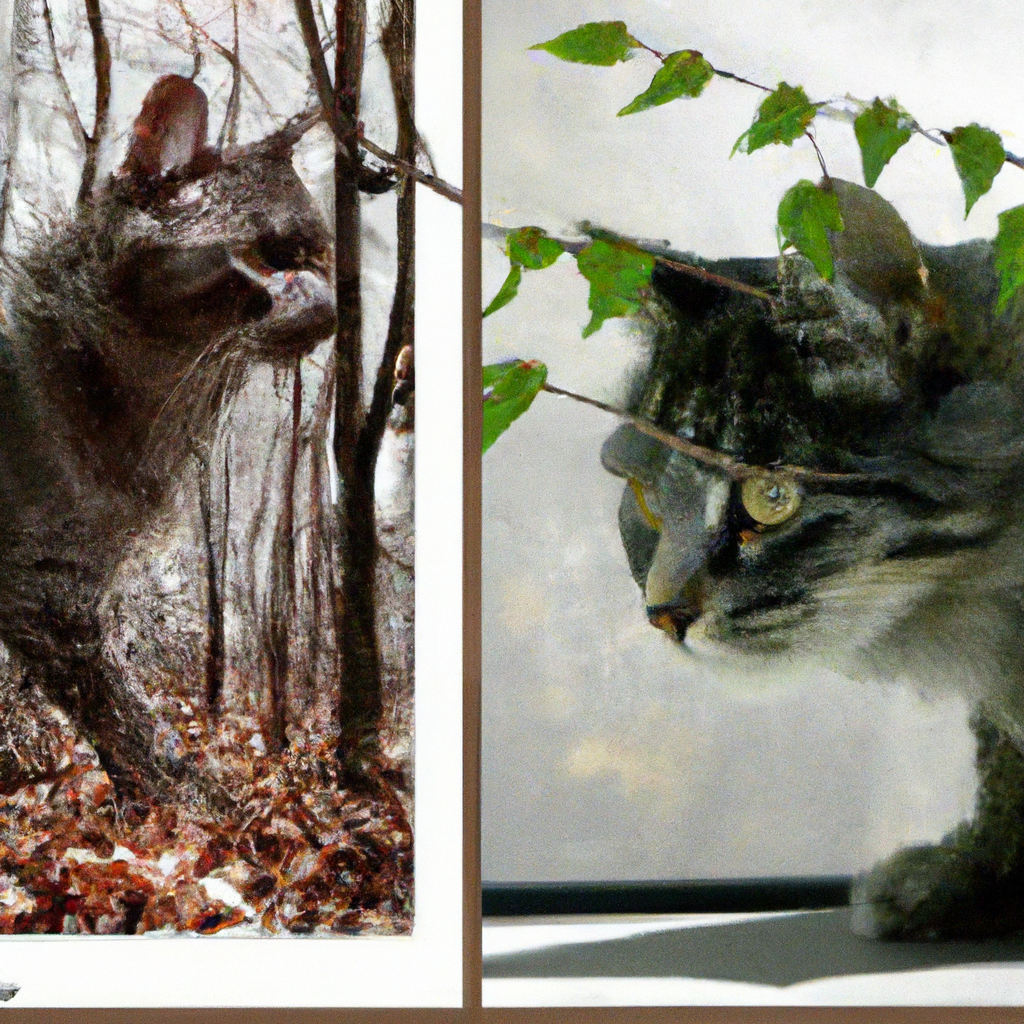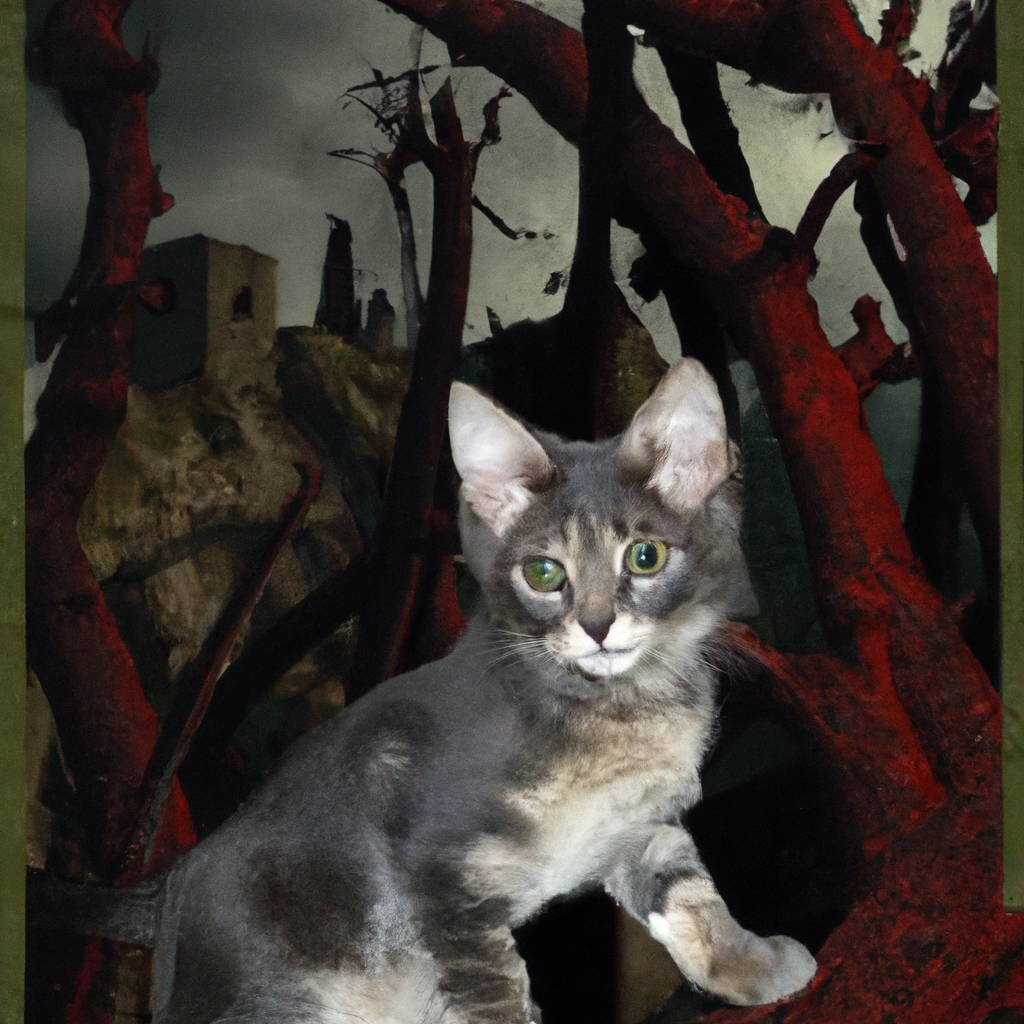So, you’ve probably heard the term “feral cat” thrown around before, but do you really know what it means? Well, allow me to shed some light on this fascinating topic for you. A feral cat is simply a domestic cat that has either been born and raised in the wild or has reverted to a wild state after being abandoned or lost by its original owner. These cats typically live in colonies and have minimal to no human contact, relying solely on their instincts to survive. Understanding the behavior and characteristics of feral cats can help us better address their needs and promote their welfare in our communities.
What Is A Feral Cat


Definition of a Feral Cat
A feral cat is a domestic cat that has returned to a wild state or one that has never been socialized with humans. Unlike stray cats, which were once pets and have become lost or abandoned, feral cats are born and raised in the wild. These cats often live in colonies, forming complex social structures and relying on their instincts to survive. Feral cats can be found in various environments, from urban areas to rural landscapes.
Origin and Evolution
Feral cats have a long and fascinating history that can be traced back to their distant ancestors. Domestic cats, or Felis catus, were first domesticated in ancient Egypt around 4,000 years ago. Over time, these cats were brought to different regions, including Europe and the Americas, where they interbred with local wild cat populations. Through this process of natural selection and adaptation, feral cats gradually evolved to survive in their respective habitats.
Characteristics of Feral Cats
Feral cats exhibit distinct physical and behavioral traits that help them thrive in the wild. They typically have a lean and muscular body, equipped with strong legs for agile movement and a sharp set of claws for climbing and hunting. Their senses, such as hearing, sight, and smell, are highly developed, allowing them to detect prey and potential danger. Additionally, feral cats are adept at camouflage, which aids in their survival by blending into their surroundings.


Differences Between Feral Cats and Stray Cats
While both feral cats and stray cats are without a permanent home, there are important distinctions between the two. Feral cats are born in the wild or have lived there for an extended period, whereas stray cats may have once been domesticated pets. Stray cats are more accustomed to human interaction and may approach people for food or shelter. In contrast, feral cats have limited or no socialization with humans and tend to avoid direct contact.
Behavior Patterns
Feral cats have unique behavioral patterns shaped by their wild nature. They are primarily nocturnal animals, preferring to be active during the night when prey is abundant and human activity is reduced. Feral cats are solitary creatures, maintaining their own territory within a colony. They communicate with other cats through scent marking and vocalizations, although their vocal repertoire is typically less varied compared to domesticated cats. These cats are highly territorial and will defend their space from intruders.
Reproduction and Colony Formation
Feral cats have a reproductive rate that can contribute to population growth if left unchecked. Females can have several litters each year, with an average litter size of around four to six kittens. This rapid reproduction, combined with the high survival rate of feral cat kittens in a stable colony, leads to exponential population growth. Over time, feral cats form structured colonies where they share resources and establish social hierarchies.
Feeding Behavior
Feral cats are skilled hunters and exhibit a wide range of feeding behaviors. They primarily prey on small mammals, birds, reptiles, and insects. Their hunting techniques vary depending on the availability of food sources in their environment. However, feral cats are also opportunistic scavengers and may feed on human refuse or the leftovers of other animals. This adaptability in their feeding behavior helps feral cats survive and thrive in diverse habitats.
Health Issues and Challenges
Living in the wild presents numerous health challenges for feral cats. They are susceptible to various diseases, including viral infections, parasitic infestations, and injuries from territorial fights or hunting accidents. Without regular veterinary care, these health issues can go untreated and potentially spread to other cats in the colony. Additionally, feral cats face environmental hazards such as harsh weather conditions, automobile accidents, and encounters with predators.
Impact on Ecosystem
Feral cats have been a topic of debate due to their potential impact on local ecosystems. As skilled predators, they can disrupt the balance of native wildlife populations, especially in fragile habitats. Feral cats may contribute to the decline of small mammal and bird populations, threatening biodiversity in certain regions. Efforts to manage feral cat populations focus on mitigating these ecological impacts while still ensuring the welfare of the cats themselves.
Managing Feral Cat Populations
Various strategies have been employed to manage feral cat populations in a humane and effective manner. Trap-Neuter-Return (TNR) programs have gained popularity as a means to control the growth of feral cat colonies. These programs involve trapping feral cats, sterilizing them, and returning them to their original location. By preventing further reproduction, TNR helps stabilize the population and reduce the detrimental effects of unchecked breeding. In addition, public education and responsible pet ownership play a vital role in preventing cats from becoming feral in the first place.
In conclusion, feral cats are an intriguing and resilient species that has adapted to thrive in the wild. With their distinctive characteristics and behavior patterns, they have evolved to become proficient hunters and survivors. However, the challenges they face in terms of health issues and ecosystem impact necessitate responsible management strategies. By implementing effective population control measures and promoting awareness, we can strike a balance between feral cat welfare and the preservation of native wildlife.

